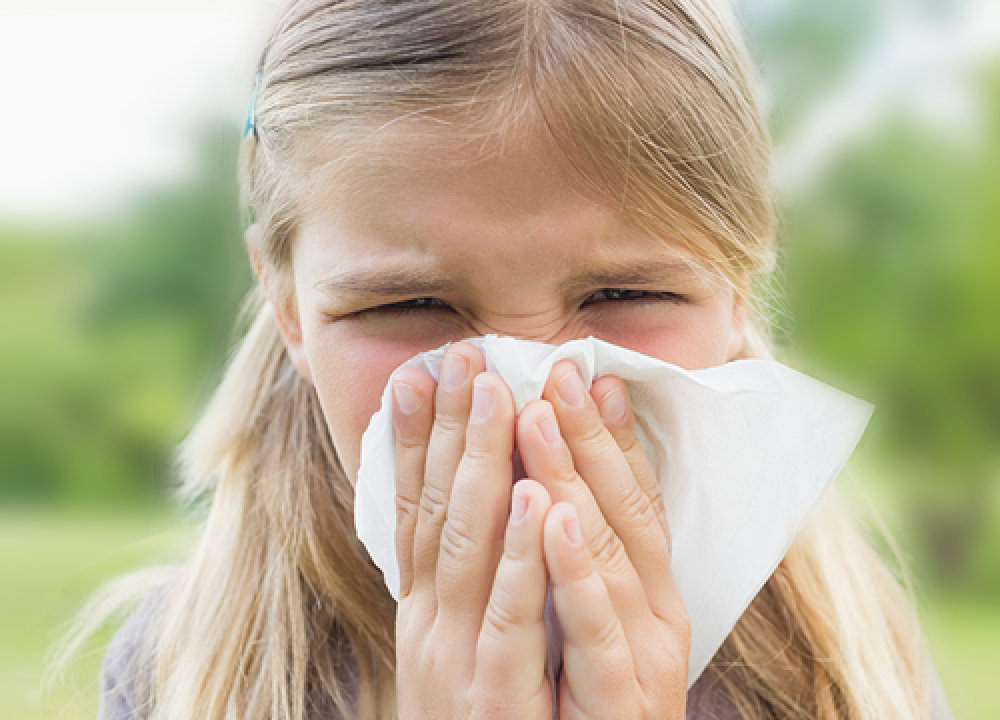
What You need To Know About Shortness of Breath
The below content is derived from research done using sources available on the internet. Safey Medical Devices Inc and its subsidiaries do not take any responsibility for the accuracy of the content. No medical decision should be taken on the basis of below content without consulting with your Medical Practitioner.
Shortness of breath is a symptom of asthma, and it can be a scary one to live with. What exactly is it? When should you visit the GP? And how can you manage it?
Every 10 seconds, someone is the UK is suffering from a potentially life-threatening asthma attack. That’s a pretty terrifying statistic, right?
Wheezing, coughing, shortness of breath and tightness of the chest are the four main symptoms associated with this condition.
And shortness of breath as a standalone symptom can be pretty scary, particularly as sometimes this isn’t necessarily something that has much focus placed on it in day to day to life.
When that breath becomes a worrisome issue, it’s time to look at what might be causing it.
What is shortness of breath exactly?
It’s hard to pinpoint exactly what shortness of breath actually means but many sufferers describe this as a sense that they cannot take enough air into their lungs.
Shortness of breath feels like a laboured effort, and the action of breathing itself requires more work.
Some people also describe a feeling of chest tightness with shortness of breath, which is another main symptom of asthma.
And for some, shortness of breath comes on suddenly and can leave just as quickly.
For others, it may well develop over time and turn into a long term issue, also known as a chronic condition.
The British Lung Foundation (BLF) describes breathlessness as:
- You may feel hot, panicky or overwhelmed.
- Your chest might feel so tight it feels like the breath cannot get in.
- You might feel you’re suffocating or not being able to get enough air and you feel you need to take deep breaths but can’t.
- You might feel breathing is very hard work, and exhausting.
Shortness of breath with asthma
5.4 million people are living with asthma in the UK, with 1 out of every eleven children suffering with this disease.
Whilst every 8 minutes somebody in the UK is taken into hospital, suffering from an asthma attack.
With statistics these high, asthma related shortness of breath can be worrying and often, quite a scary time.
Defined by Asthma UK, as a long-term condition that affects the tubes carrying air in and out of your lungs, asthma is caused by inflammation of the bronchial tubes.
This inflammation produces sticky secretions inside these tubes.
When it comes to your respiratory health, asthma should always be taken seriously.
The symptoms experienced by asthma sufferers are: coughing, wheezing, chest tightness and, of course, shortness of breath. This can also be referred to medically, as Dyspnea.
Those who suffer with asthma may go extended periods without experiencing any symptoms at all before experiencing an asthma attack.
Other conditions associated with shortness of breath
Most of the time, shortness of breath is related to the heart and lungs and indicates an issue in either of these areas.
But there are some other conditions for which this troublesome symptom can be associated:
- COPD – Chronic Obstructive Pulmonary Disease
- Bronchitis or Pneumonia
- Pulmonary Embolism
- Lung Disease
- Serious Heart Conditions – such as a heart attack
Signs that your shortness of breath is a serious issue
There are times when your breathlessness could indicate a serious problem. In these cases, you’ll need to think on your feet and work out what the underlying cause can be, and quickly.
- When suffering from an asthma attack, the airways are narrowed, meaning that less air can move in and out of the lungs. Air then gets trapped inside the lungs – making it harder and harder to breathe.
- If you have a history of smoking, are feeling incredibly fatigued and have a cough that just won’t seem to quit, your shortness of breath may well be related to COPD.
- If you suffer with an Irregular heart rhythm alongside shortness of breath, congestive heart failure and other types of heart disease are additional possibilities. This all happens because your organs are not getting the oxygen they need. Hence the breathlessness.
- If your shortness of breath is accompanied by chest pain and coughing up blood, this could well be the sign of a pulmonary embolism. This happens when a blood clot forms in the body’s deep veins – most often in the legs – travels towards the lungs and then gets lodged in the blood vessels of the lungs.
If you haven’t previously suffered with shortness of breath as an asthma symptom and have recently had surgery or traveled abroad, it might be time to suspect an embolism.
**Signs That You Should Call A Doctor**
Your respiratory health is too important to ignore shortness of breath symptoms,and there are some signs that will require urgent medical attention right away.
– Swelling in both of your feet and ankles
– Trouble breathing in and out when lying flat
– High fever, chills and a cough
– Wheezing
– If you have a pre-existing conditions where your shortness of breath worsens
How can you manage your shortness of breath?
Shortness of breath is a tricky diagnostic challenge. If you’re short of breath for any (or indeed) all of the previously mentioned reasons, there are things you can do to try and help ease it.
Breathing Exercises
There are various different breathing exercise you can try to help with
From Buteyko breathing to Yoga, give these a go in the comfort of your own home.
Self-Massage
Try a little self-massage – or acupressure for trigger points. Whilst results aren’t always guaranteed, it’s worth a try, as it’s safe, you can do it anywhere and it doesn’t cost you a thing!
Drink Black Coffee
Yes, really. A cup of black coffee can help cure shortness of breath. The caffeine in coffee helps reduce respiratory muscle fatigue and improves airway function modestly. In addition, it may reduce asthma symptoms. Drink 1 to 2 cups of strong, black coffee to relieve shortness of breath and restore your normal breathing.
Do not drink coffee in excess as it may raise your heart rate and blood pressure.
Stop Smoking
Studies have consistently highlighted a link between smoking and respiratory symptoms, including shortness of breath. Once you’re tobacco-free, your risks of heart and lung disease and cancer begin to drop.
Avoid Exposure to Pollutants
As much as possible, avoid breathing allergens and environmental toxins.
Antihistamines have been shown to reduce shortness of breath patients suffering from allergy related dyspnea.
Have an Asthma Action Plan
Only 42% of people with asthma have an asthma action plan, even though you are 4 times more likely to end up in hospital without one.
Action plans are fantastic as a way to help manage and control your asthma symptoms.
It’s also a handy way of discussing with your doctor what to do if your symptoms become worse.
To make your own asthma action plan, download one here.
Smart Inhaler
Another great way of assisting with your asthma condition is to use a smart inhaler.
The Safey Health Smart Inhaler is an innovative solution of smart hardware and software to make asthma care management easy and effective.
The smart inhaler can measure the quality of dose, provide remote monitoring and help to make it easier for doctors to spot when symptoms might be getting worse.
If the Safey Smart Inhaler sounds like something you’d like to get further information on, check out our website. Or for any urgent questions, simply get in touch with us today to find out more.









